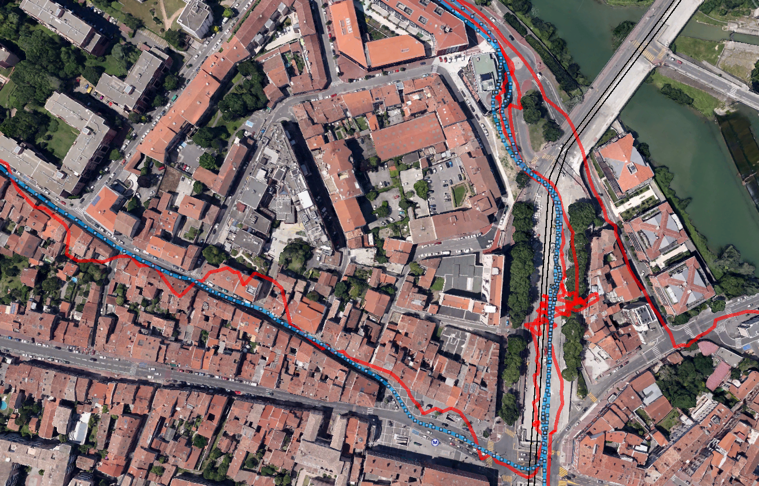
Galileo’s success will depend in a large part on its penetration of the LBS and Machine-to-Machine (M2M) markets. However, as the LBS market is already dominated by such heavy hitters as Google and Apple, the European GNSS industry is turning its focus to building a competitive M2M market founded on EU-based location enablers (i.e., EGNOS and Galileo). Machine-to-machine refers to the direct communication between devices using any communications channel, including wired and wireless.
“Having the knowledge of a device’s location is becoming increasing crucial in today’s high-tech world,” says ELAASTIC Project Coordinator Yves Capelle. “As smartphones, vehicles, mobile assets become location aware, a whole new world of opportunities opens up, from urban maintenance, to logistics and location-based marketing.”
Also read: Galileo set to power LBS applications in Europe
According to Capelle, this increased reliance on location has created a need for these devices to provide a consistent and reliable location experience. “Developing applications by themselves will fail to carve out EGNSS’ market share,” he says. “To succeed, we first needed to develop the proper location enablers by combining location technologies and integrating EGNSS’ added value.”
How it works
The GSA-funded H2020 ELAASTIC project delivers exactly this type of complete integration of Location as a Service (LaaS). Now, when a device equipped with ELAASTIC technology needs to compute its location, it sends a request to the ELAASTIC server in order to get GNSS assistance data. The server elaborates the set of assistance data corresponding to the request and then sends it back to the device.
Also read: European GNSS at the heart of Europe’s industrial agenda
Capelle adds that if the device also sends the identification of the Wi-Fi access points (APs), then the ELAASTIC server can send back the Wi-Fi AP’s position. “This allows the ELAASTIC software within the device to combine both GNSS and Wi-Fi measurements, thus enhancing the computation in terms of accuracy and availability,” he adds. As the LaaS server is connected to an EGNOS receiver, it also provides differential corrections for GPS.
Furthermore, ELAASTIC technology provides specific algorithms for Galileo-enabled chipsets, allowing them to get a better accuracy on location and better sensitivity on tracking. By taking advantage of Galileo signal modulations, these specific algorithms provide enhanced resilience to multi-path effects and better integrity.
Empowering high-performance applications
With ELAASTIC, in at least 90% of cases, the position accuracy of a device is around 1.5 meters, and the position is available nearly everywhere in the urban environment (see graph below). “This opens the door to a number of user applications that require a very high level of performance,” says Capelle. These applications range from urban maintenance to guidance of visually impaired people and Advanced Driver Assistance Service for cars (ADAS) – to name only a few of the many benefits enabled by the ELAASTIC project.

Media note: This feature can be republished without charge provided the European GNSS Agency (GSA) is acknowledged as the source at the top or the bottom of the story. You must request permission before you use any of the photographs on the site. If you republish, we would be grateful if you could link back to the GSA website (http://www.gsa.europa.eu).

